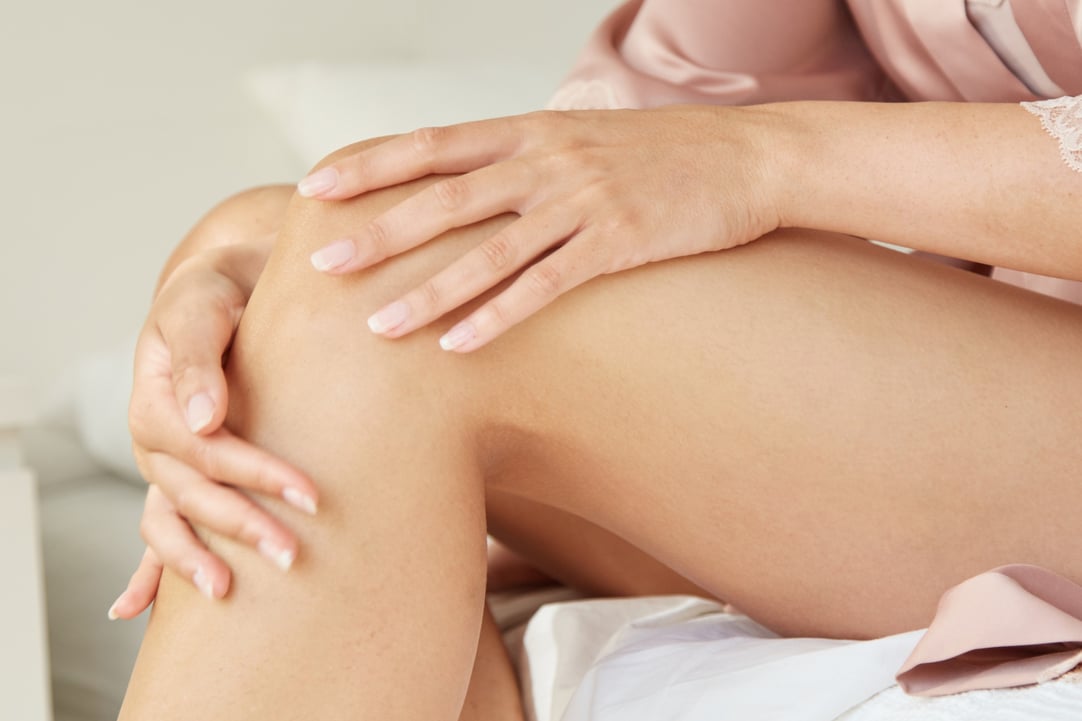What are Spider Veins?
Spider veins, also known as telangiectasias, are small, thin veins that can be seen just below the skin's surface. They often appear in a web-like pattern and can be red, blue, or purple. While they are generally harmless, spider veins can be a source of embarrassment for many people. They can cause discomfort or pain in some cases. Fortunately, several treatment options are available for those who wish to get rid of spider veins.
Causes of Spider Veins
Various factors, including genetics, hormonal changes, pregnancy, obesity, and prolonged standing or sitting, can cause spider veins. They occur when the small valves in the veins become weak or damaged, causing blood to pool in the veins and making them more visible.
Difference between Spider Veins and Varicose Veins
While spider veins and varicose veins are often used interchangeably, they are two different conditions. Spider veins are smaller, thinner veins closer to the skin's surface. In comparison, varicose veins are larger, swollen, deeper veins in the body. Varicose veins are often more noticeable and can cause more severe symptoms, such as swelling, pain, and aching.
Spider vein treatment can help address both cosmetic and health concerns. From a cosmetic standpoint, treatment can help improve the appearance of the skin and reduce the appearance of spider veins. It can be especially beneficial for those self-conscious about the appearance of their legs or other areas of the body.
In addition to the cosmetic benefits, spider vein treatment can help address health concerns. In some cases, spider veins can cause discomfort, pain, or swelling in the affected area. Treatment can help alleviate these symptoms and improve overall comfort and mobility.
Several treatment options are available for spider veins, including sclerotherapy, laser therapy, and radiofrequency ablation. Sclerotherapy is a minimally invasive procedure that involves injecting a special solution into the affected vein. This solution causes the vein to collapse and eventually be reabsorbed by the body. If a person has multiple spider veins, multiple injections will be needed to treat each vein.
Laser therapy and radiofrequency ablation use heat energy to destroy the affected vein, causing it to shrink and disappear over time.
Overall, spider vein treatment can be an effective way to address both cosmetic and health concerns related to spider veins. If you are experiencing discomfort or embarrassment due to spider veins, it may be worth talking to a healthcare provider to learn more about your treatment options. You can achieve smoother, more comfortable skin with the right treatment and regain your confidence.


